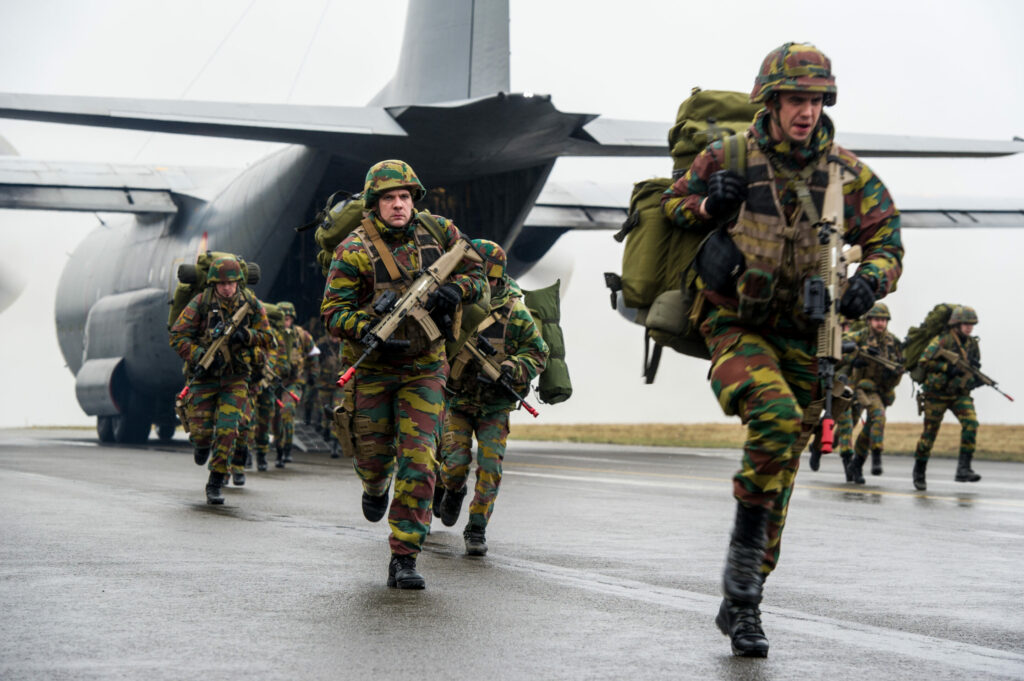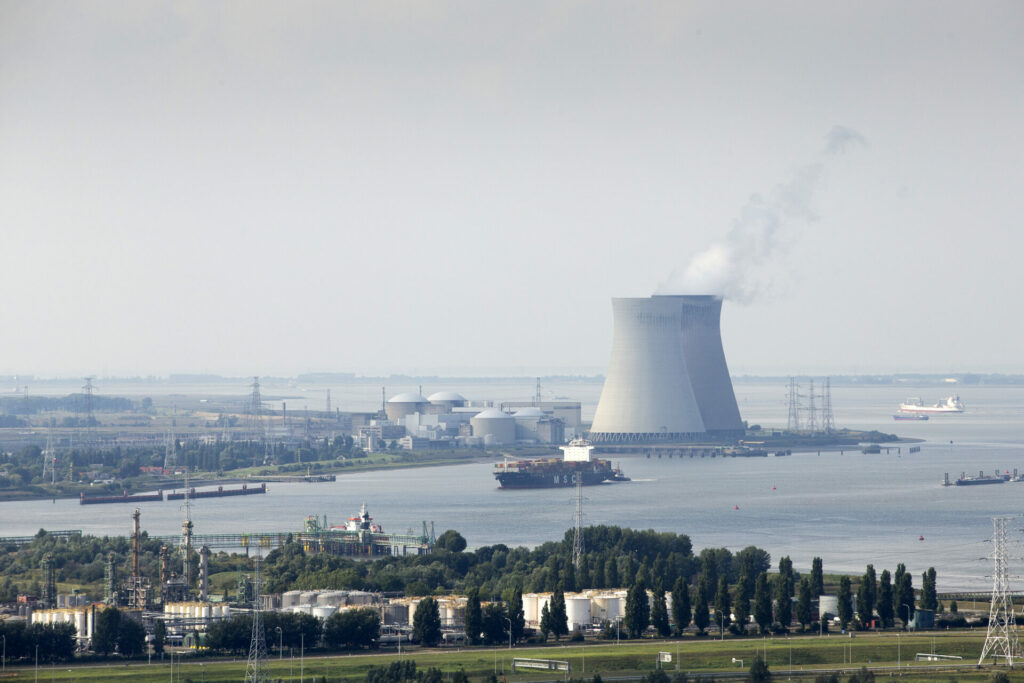In his capacity as "pre-formateur", Bart De Wever convened a meeting at the Royal Military School on Tuesday, with representatives of the five potential coalition parties for the next Federal Government to discuss matters relating to defence and nuclear energy.
The meeting was attended by representatives of the Nieuw-Vlaamse Alliantie (N-VA), Mouvement Réformateur (MR), Les Engagés, Vooruit and Christen Democratisch en Vlaams (CD&V) parties. Discretion was the order of the day at the meeting.
Extending Belgium's nuclear plants
CD&V President Sammy Mahdi reiterated his party’s desire to extend the lifespan of Belgium’s nuclear plants by 20 years – one decade longer than the outgoing "Vivaldi" government had planned. But Mahdi did not overcommit, saying that he would wait to hear the expert view on this.
With Belgium's green parties suffering heavy defeats in the 9 June elections and not gaining enough seats to be considered viable coalition partners, the political consensus is shifting towards extending the lifespan of the country's plants. This is an issue that the greens had previously opposed strongly but will now have no say in.
Mahdi underlined the need to discuss how the energy supply can be safeguarded with professionals, without adopting a dogmatic approach. Five nuclear reactors are currently operating in Belgium: Doel 1, 2, and 4; Tihange 1 and 3. But this is due to change very soon with Doel 1 and 2 and Tihange 1 scheduled to close at the end of 2025. In a landmark agreement at the end of last year, Belgium agreed to extend the lifespan of Doel 4 and Tihange 3 until 2035.
But with just two rather than five nuclear reactors operating, Belgium will be deprived of a significant amount of energy. Although proponents of green energy are eager for renewables to make up the shortfall, the reality is that both offshore wind and solar capacity are far from sufficient to make up what will be lost from nuclear.
2% GDP spending on defence
Defence will also be a significant part of the upcoming legislature’s agenda. The Vivaldi coalition had agreed internally to dedicate 2% of the GDP to this sector by 2035, but this was seen as insufficient within the outgoing coalition.
The N-VA, then in opposition, had been very critical. “We wish to accelerate the growth trajectory to achieve the 2% by 2029 at the latest by investing in the various components of defence,” it said in its election programme.
The stakes are high considering Russia’s threat to Europe, but the future coalition’s restricted budget also has to be taken into consideration.

Belgian soldiers during military exercise in Namur. Credit: Belga photo handout Belgian Defence / Richie Sedeyn
Targeted savings
On Monday, representatives of the potential "Arizona" coalition held a meeting with the heads of the Belgian National Bank to discuss Belgium’s current fiscal and monetary situation. Last week, De Wever asked all departments to come up with proposals for cost savings.
The email sent out by De Wever to the heads of the federal public service and other administrative bodies, including Defence, emphasised the importance of making targeted savings rather than using a "cheese grater" method.
It stressed the need to identify areas in their organisations where efficiency gains could be made. Such gains could contribute to rationalising or financing the investments needed in certain sectors, De Wever noted.
The pre-formateur was also scheduled to meet the leaders of the Federal Agency for Nuclear Control (AFCN) and the Chief of Defence.

